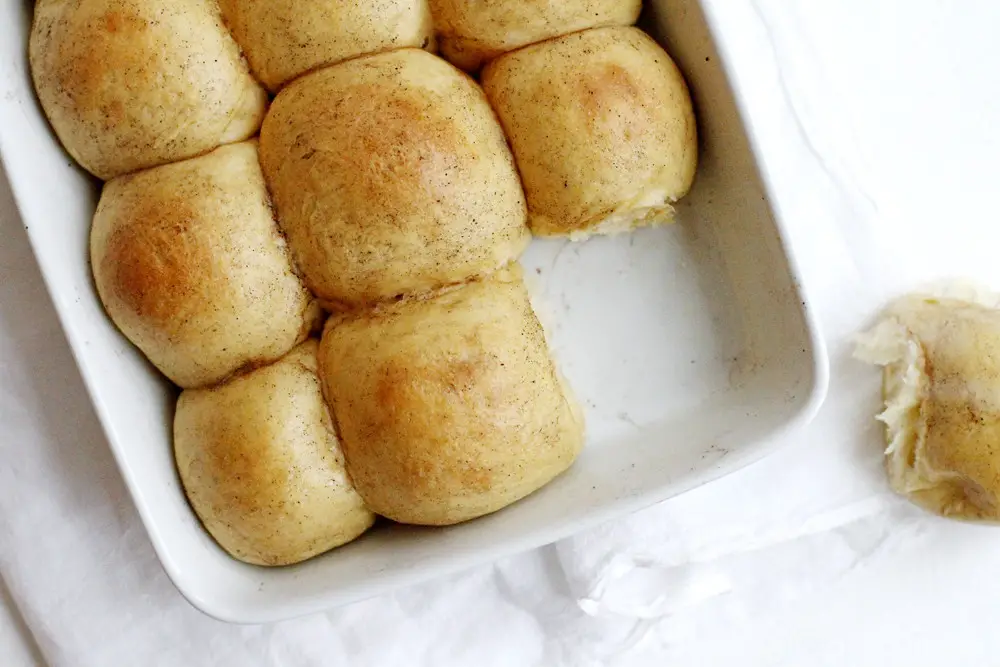Sourdough baking has captured the hearts of home bakers worldwide, and at the core of this culinary art lies the sourdough starter. Among the many methods and recipes, the Amish sourdough starter stands out for its simplicity, resilience, and deep-rooted tradition. This article delves into the fascinating history, science, and step-by-step guide to making your very own Amish sourdough starter, with tips to keep it thriving for years to come.
The History of Amish Sourdough Starter
The Amish community is known for its dedication to tradition, self-sufficiency, and exceptional culinary heritage. Their recipes often rely on natural ingredients, and sourdough starter is no exception. Passed down through generations, the Amish sourdough starter is a symbol of resourcefulness. It requires no commercial yeast, instead relying on wild yeast present in the environment and the natural sugars of ingredients to ferment and grow.
Sourdough baking became particularly significant during periods when yeast was scarce. This self-sustaining method of breadmaking is not only economical but also produces baked goods with a depth of flavor and texture that modern yeast often cannot replicate.
The Science of Sourdough
Sourdough starter is essentially a living ecosystem, consisting of wild yeast and lactic acid bacteria. These microorganisms feed on carbohydrates and convert them into carbon dioxide, alcohol, and organic acids. The carbon dioxide causes the dough to rise, while the acids give sourdough its characteristic tangy flavor.
The Amish sourdough starter typically includes a blend of flour, water, sugar, and sometimes milk. These ingredients create a hospitable environment for fermentation, resulting in a versatile starter that can be used for bread, pancakes, cakes, and more.
What Makes Amish Sourdough Starter Unique?
While traditional sourdough starters usually rely on just flour and water, Amish recipes often incorporate sugar and milk. This addition:
Boosts Fermentation: Sugar serves as an additional food source for yeast, speeding up the fermentation process.
Adds Sweetness: The sugar and milk create a slightly sweet undertone in the starter, which is ideal for Amish friendship bread and other baked goods.
Promotes Versatility: The sweeter profile makes this starter well-suited for a range of recipes, from savory bread to desserts.
How to Make an Amish Sourdough Starter
Creating your own Amish sourdough starter is a simple but rewarding process. Here’s a detailed guide:
Ingredients:
1 cup all-purpose flour
1 cup granulated sugar
1 cup whole milk (preferably at room temperature)
Equipment:
A large glass or ceramic bowl
A wooden spoon or silicone spatula
A breathable cover, like a clean dish towel or cheesecloth
Instructions:
Day 1: Mixing the Ingredients
In a large, non-reactive bowl, combine 1 cup of flour, 1 cup of sugar, and 1 cup of milk. Mix well until the sugar dissolves and no lumps of flour remain.
Cover the bowl loosely with a clean dish towel or cheesecloth to allow air to circulate. Avoid using plastic wrap, as the starter needs to “breathe.”
Day 2–4: Stir Daily
Stir the mixture once a day with a wooden spoon or silicone spatula. You’ll begin to notice bubbles forming on the surface, a sign that fermentation is underway.
Day 5: Feeding the Starter
Add 1 cup of flour, 1 cup of sugar, and 1 cup of milk to the starter. Stir well to incorporate.
This “feeding” process replenishes the food supply for the yeast and bacteria.
Day 6–10: Stir and Observe
Continue stirring the starter daily. By day 10, it should be bubbly and have a slightly tangy aroma. This indicates that your starter is active and ready to use.
Caring for Your Amish Sourdough Starter
Once your starter is established, it can last indefinitely with proper care. Here’s how to maintain it:
Regular Feeding:
If kept at room temperature, feed the starter every 3–5 days with equal parts flour, sugar, and milk.
For less frequent maintenance, refrigerate the starter and feed it once a week.
Stirring:
Stir the starter daily if it’s stored at room temperature to keep the yeast active and prevent separation.
Adjusting Consistency:
If the starter becomes too thick, add a splash of milk or water. If it’s too thin, add a small amount of flour.
Freezing for Long-Term Storage:
To take a break from feeding, transfer a portion of the starter to an airtight container and freeze it. Thaw and revive with regular feedings when ready to use.
Using Your Amish Sourdough Starter
The Amish sourdough starter is incredibly versatile. Here are a few classic recipes to try:
Amish Friendship Bread:
A sweet and tender bread, often shared with friends and family along with a portion of the starter.
Sourdough Pancakes:
Fluffy and flavorful pancakes with a delightful tang.
Cinnamon Rolls:
Sweet, soft rolls with a hint of sourdough complexity.
Rustic Sourdough Loaf:
A crusty, chewy bread perfect for sandwiches or soups.
Troubleshooting Common Issues
While Amish sourdough starter is generally easy to manage, occasional issues may arise:
No Bubbles:
Ensure the environment is warm enough (around 70–75°F) for fermentation.
Use unbleached flour and avoid chlorinated water, as these can inhibit yeast growth.
Foul Smell:
A healthy starter should smell tangy, not rotten. If it smells bad, discard it and start fresh.
Mold:
If mold appears, it’s best to discard the starter. Prevent mold by using clean utensils and covering the starter loosely.
The Legacy of Amish Sourdough
Beyond its culinary uses, the Amish sourdough starter represents a link to the past. It’s a tradition that encourages patience, sharing, and a deeper connection to the food we eat. In today’s fast-paced world, nurturing a sourdough starter is a grounding reminder of the beauty of slow, deliberate processes.
Making an Amish sourdough starter is more than just a baking project—it’s a journey into the heart of tradition and craftsmanship. With a little patience and care, you can create a living, breathing ingredient that enhances your cooking and connects you to generations of bakers before you. Whether you’re a seasoned baker or a curious beginner, the Amish sourdough starter is a timeless recipe worth adding to your repertoire.


















